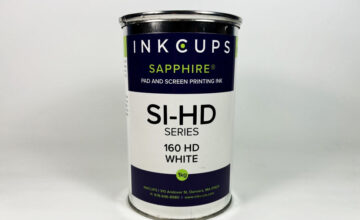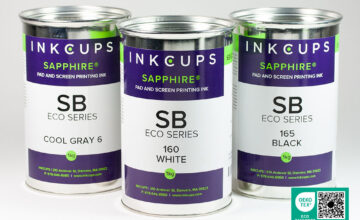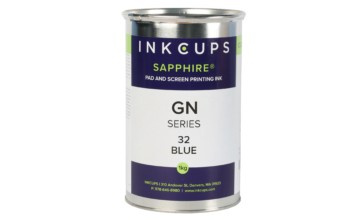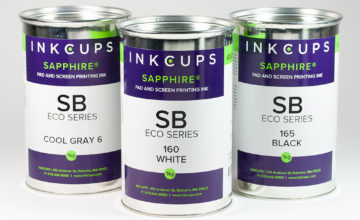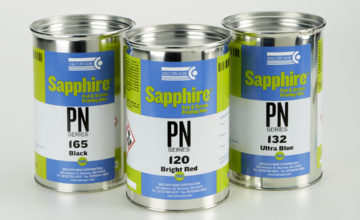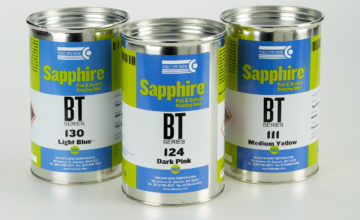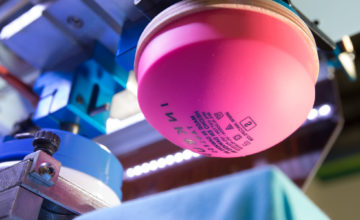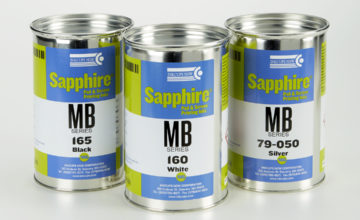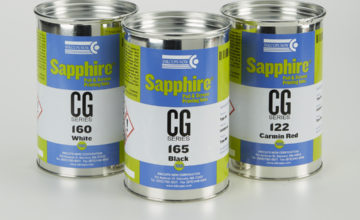Amidst the winter chill and snow-covered landscapes, memories of summer’s warmth, high UV index warnings, and pollen-dusted car hoods evoke a longing for beach getaways and leisurely afternoons by the lake. As many of us reflect on past summer adventures, whether it’s the first splash into a swimming pool or a refreshing dive into the
Read More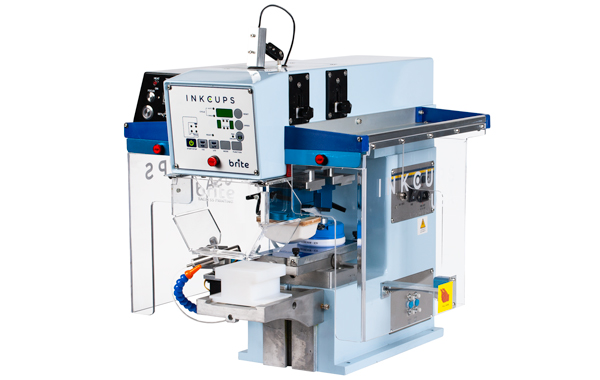 Tagless Printers
Tagless Printers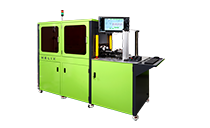 Cylindrical Inkjet Printers
Cylindrical Inkjet Printers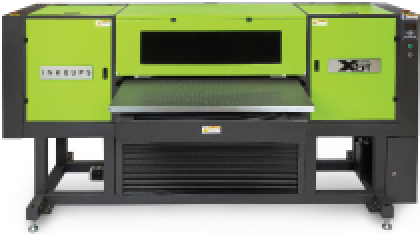 UV Flatbed Printers
UV Flatbed Printers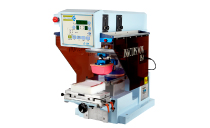 Pad Printing Machines
Pad Printing Machines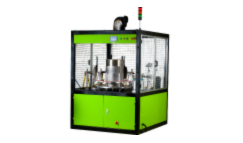 Pretreatment Systems
Pretreatment Systems Software
Software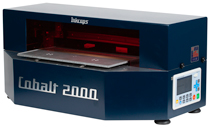 Laser Plate-Makers
Laser Plate-Makers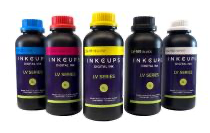 Inkjet Printing Supplies
Inkjet Printing Supplies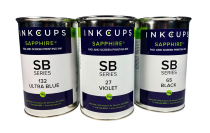 Pad Printing Supplies
Pad Printing Supplies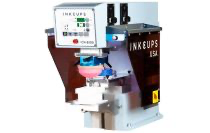 Tagless Supplies
Tagless Supplies